Many NHL coaches like to breakdown the season into five- or ten-game segments. This process allows for adjustments to be made to lines, play systems and strategies as well as for the roster to be modified as appropriate. Especially early in a season, the right course corrections can have significant effects on the performance of the team as a whole and that of individual players.
Fans also apply this somewhat artificial segmentation of the schedule. For many, this first sequence of games is highly scrutinized. It is an early signal of what might be either a breakout year or a frustrating and disappointing season for both individual players and the team.
The Buffalo Sabres (8-2-1), Washington Capitals (7-2-2), Colorado Avalanche (7-1-1) and Edmonton Oilers (7-2-1) have impressed with their early-season performance. However, fans of the Ottawa Senators (2-6-1) and New Jersey Devils (2-4-2) are already bracing themselves for a struggling journey through a season that will, most likely, be limited to 82 games.
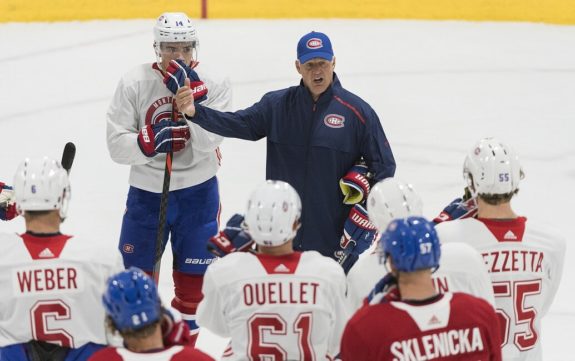
With 10 games in the books, the Montreal Canadiens have a record of 4-4-2. Their 10 points in the standings place them out of contention for a playoff spot. Although still very early in the season, all observers agree that the points gained in the first ten games are as significant as those gained in the end-of-season push.
First 10 Games (4-4-2):
- Oct. 3 @ Carolina Hurricanes: 3-4 loss in shootout
- Oct. 5 @ Toronto Maple Leafs: 6-5 win
- Oct. 9 @ Buffalo Sabres: 4-5 overtime loss
- Oct. 10 vs Detroit Red Wings: 2-4 loss
- Oct. 12 vs St. Louis Blues: 6-3 win
- Oct. 15 vs Tampa Bay Lightning: 1-3 loss
- Oct. 17 vs Minnesota Wild: 4-0 win
- Oct. 19 @ St. Louis Blues: 5-2 win
- Oct. 20 @ Minnesota Wild: 3-4 loss
- Oct. 24 vs San Jose Sharks: 2-4 loss
There are high hopes placed on the Canadiens this season with a spot in the springtime showdown being the minimum fans are expecting. As the team awaits its arch-rival Toronto Maple Leafs for the 11th game of the season on Oct. 26, here is a recap and assessment of some of the main questions that were surely on the minds of the team’s front office staff at the start of training camp.
Contribution of the Rookies
For rookies taking their first strides on NHL ice, the season’s first sequence of games are significant in terms of influencing a team’s decision to either keep or reassign players to their minor league affiliate or junior team if still eligible. The performance of Nick Suzuki and Cale Fleury at training camp forced head coach Claude Julien and his coaching staff to make certain unexpected adjustments to the season-opening roster. As a result of the injury to Ryan Poehling and his assignment to the Laval Rocket in the American Hockey League (AHL), both Suzuki and Fleury made the team for opening night.
Suzuki has played in all of the team’s games thus far, scoring his first NHL goal in a 4-0 shutout against the Wild on Oct. 14. With a record of two goals and one assist, he is plus-2 averaging 14:19 of ice time per game. His assignments have alternated between the second and fourth line.
Fleury’s participation has been less predictable. After playing in the first two games of the season, he was a healthy scratch for the following four games, creating some early rumblings of criticism directed toward coach Julien. He has since played in three more games leading up to the team’s ten-game mark but is still waiting for his first NHL points. With an average ice time of 14:42 per game, Fleury is minus-one in five games.
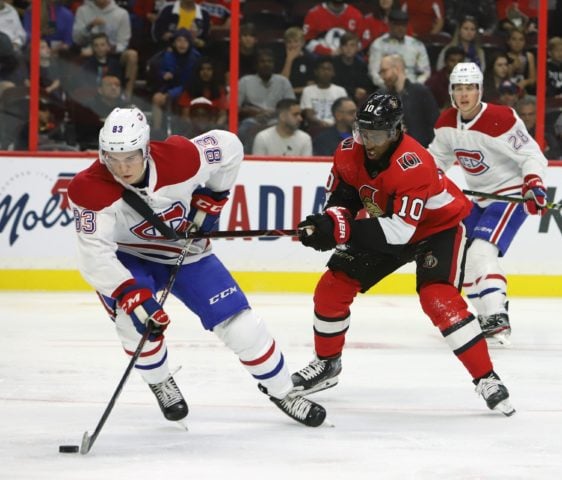
Ryan Poehling is yet to play in the 2019-20 season with the Canadiens. After a slow start in his debut with the Rocket, his play and confidence has steadily improved. In eight AHL games, Poehling has two goals and two assists and is minus-three. It is just a matter of time before he gets another chance with the main team. Experts are unanimous in expecting that he will be the first to be called up once injuries or performance deficiencies create an opening on the roster.
Victor Mete can no longer be considered a rookie having joined the Canadiens during the 2017-18 season. However, he is still one of the younger players on the team. After 127 games, he finally scored his first NHL goal in the same game in which Suzuki got his first. With the proverbial monkey now lifted off his back, Mete now appears to be playing with a higher level of confidence.
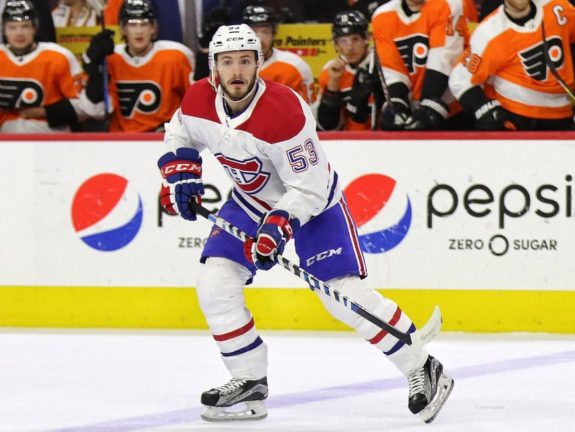
Efficacy of Offseason Moves
The pressure on general manager Marc Bergevin to address some of the most pressing gaps on the team following the 2018-19 season fueled many spirited debates during the offseason. Whether it is finding a left-handed defenseman to play with Shea Weber or signing a big first-line center, opinions are diverse on what the ultimate priority is but the pressure remains relentless on the general manager to find the solution. Did his moves pay-off thus far?
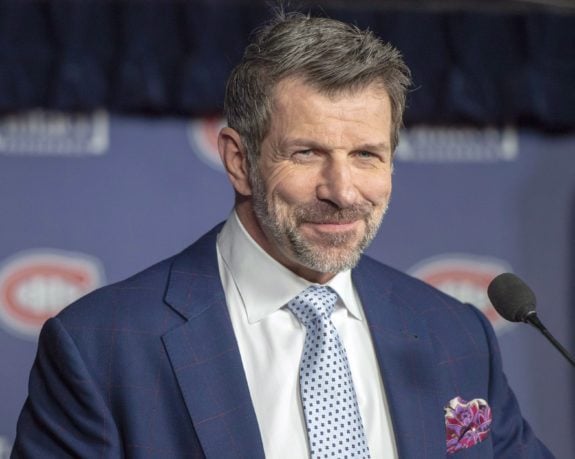
The free-agent signings of defenseman Ben Chiarot, left-winger Nick Cousins and netminder Keith Kinkaid are not the blockbuster deals that interrupt the evening news. However, Bergevin’s intent was clearly aimed at addressing specific gaps and needs in the roster.
In Chiarot, the Canadiens added size and physical play to their defensive corps. With a left-handed shot, he balances out the options on the blue line for pairings that will hopefully tighten up the team’s overall defensive play. The Canadiens allow an average of 31.1 shots per game, the 15th highest average in the league. Chiarot has played in all ten games and has one goal and one assist averaging 20:34 of ice time. Expectedly, he is part of the three Canadiens defensemen playing over 20 minutes a game behind Weber (22:51) and Jeff Petry (24:07).
Nick Cousins has only played in four games thus far. With one goal and two assists, he is plus-four but his full contribution is difficult to assess this early on. However, his style of play does offer Julien some options for regular assignments on the third or fourth line.
The signing of Keith Kinkaid was clearly strategic. During the 2018-19 season, Carey Price played in 66 games, including 13 of the team’s last 14 games as the Canadiens were in the thick of a final desperate push to make the playoffs. This was the second-highest level of games played by a goalie behind Devan Dubnyk of the Wild at 67.
In today’s NHL, many consider such a level of activity to be too much to sustain a high level of consistent performance. It is also a situation that could lead to an increase chance of injury. Kinkaid was signed by the Canadiens to lighten the workload of the team’s top goalie. Unfortunately, he has no wins in two games but it is still early to fully assess the wisdom of signing him.
Drouin’s Ability to Handle the Pressure
Following a lackluster training camp, Jonathan Drouin has become a transformed player. The bursts of talent are clearly present in his game but what is increasingly apparent, and a significant change from last season, is his consistency of effort. He has been observably more engaged in his play.
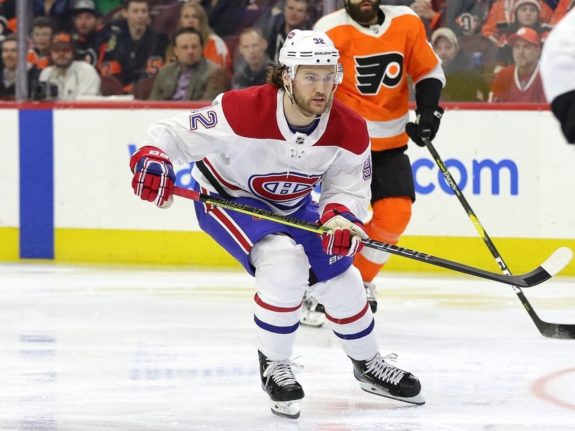
With three goals and five assists in the first ten games and an average ice time of 16:30, fans have noticed the change. They signaled their appreciation with an emotional ovation following an on-ice interview in the aftermath of the team’s 6-3 win against the St. Louis Blues at the Bell Centre on Oct. 12.
Price the Savior
The impact of a reliable back-up might help lighten the load for the veteran netminder. However, this needs to happen with resulting points appearing in the standings. If Keith Kinkaid cannot reliably win games going forward, a rested top goalie will be a futile exercise if the team is no longer playing come April.
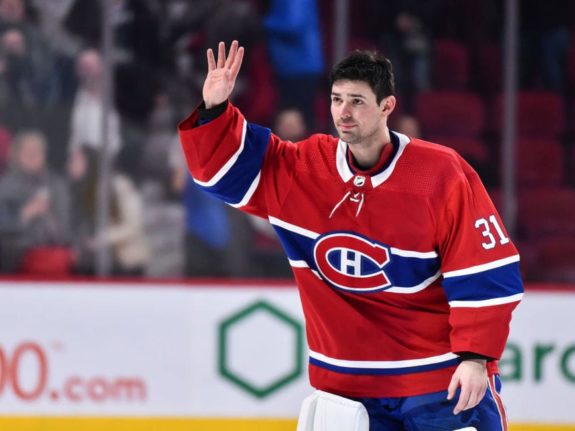
Price’s numbers are not stellar thus far. With a save percentage of .903 and a goal against average of 2.85, he is far from leading the league from a statistical standpoint. However, it is early to assertively criticize his play. During the Canadiens first ten games, he was in nets for eight games, six of which led to a final result that added points in the standings. This reinforces the perception that the ultimate faith of the team is significantly correlated to his performance.
Special Teams
Special teams were a definite weak point for the team last season. With a power play converting at a rate of 13.2% (30th in the NHL) and a penalty kill performing at 80.9% (13th) changes were urgently required. Opposing teams could defend more effectively against a power-play unit that too predictably relied on the point shot from Weber. Thus far in the current season, improvements have been tangible, at least for the power play which is scoring on 25.0% of its chances (ninth). The challenges have now shifted to the penalty-kill units where the performance has slipped to 67.6% (29th).
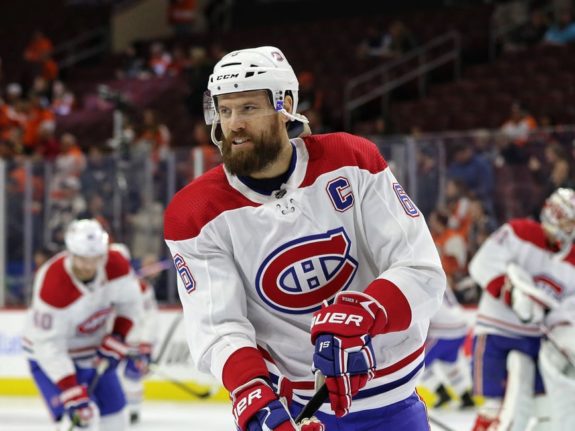
The scoring on the power play is coming from different contributors including Jeff Petry, Tomas Tatar and Joel Armia with two goals each and Max Domi, Jonathan Drouin and Jordan Weal with one goal apiece. Work remains to get both of the special units operating at a higher level.
Going Forward
Parity throughout the league has led to increasingly tight races to make the playoffs. The margin of error is incredibly slim. As a result, implementing the right adjustments early are critical. Many of the issues addressed here as well as detailed advanced analytics help explain where the team currently sits within the standings.
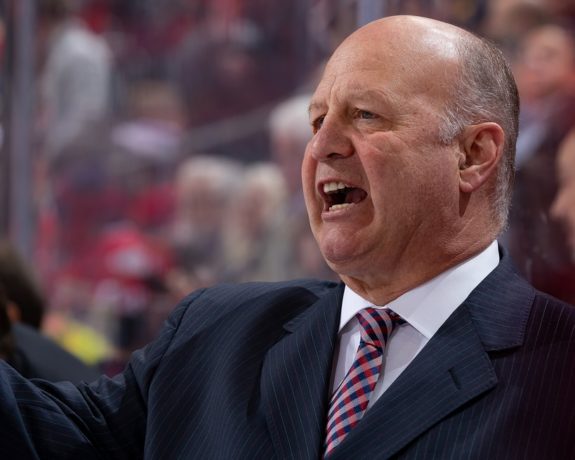
As the Canadiens prepare to tackle the next sequence of ten games, the main question now becomes whether Julien can put in place the appropriate adjustments and course corrections to improve the overall performance of the team.
The Next 10:
- Oct. 26 vs Toronto Maple Leafs
- Oct. 30 @ Arizona Coyotes
- Oct. 31 @ Vegas Golden Knights
- Nov. 2 @ Dallas Stars
- Nov. 5 vs Boston Bruins
- Nov. 7 @ Philadelphia Flyers
- Nov. 9 vs Los Angles Kings
- Nov. 12 vs Columbus Blue Jackets
- Nov. 15 @ Washington Capitals
- Nov. 16 vs New Jersey Devils